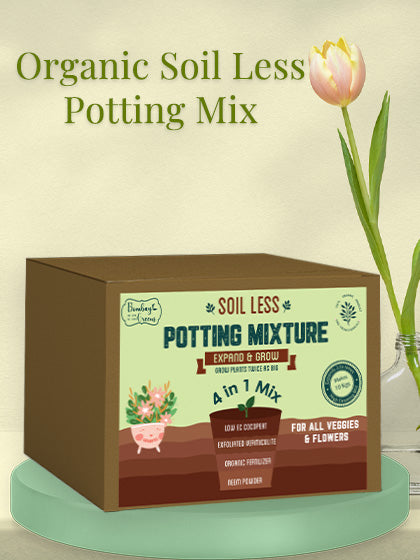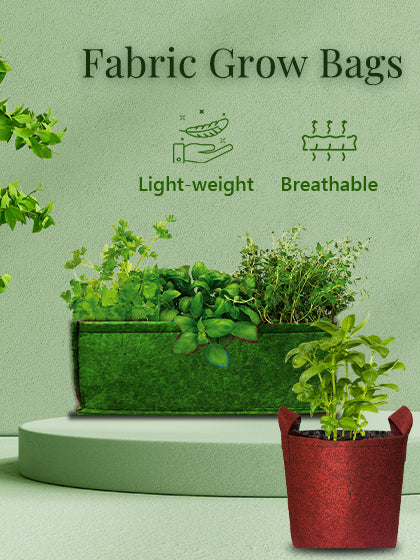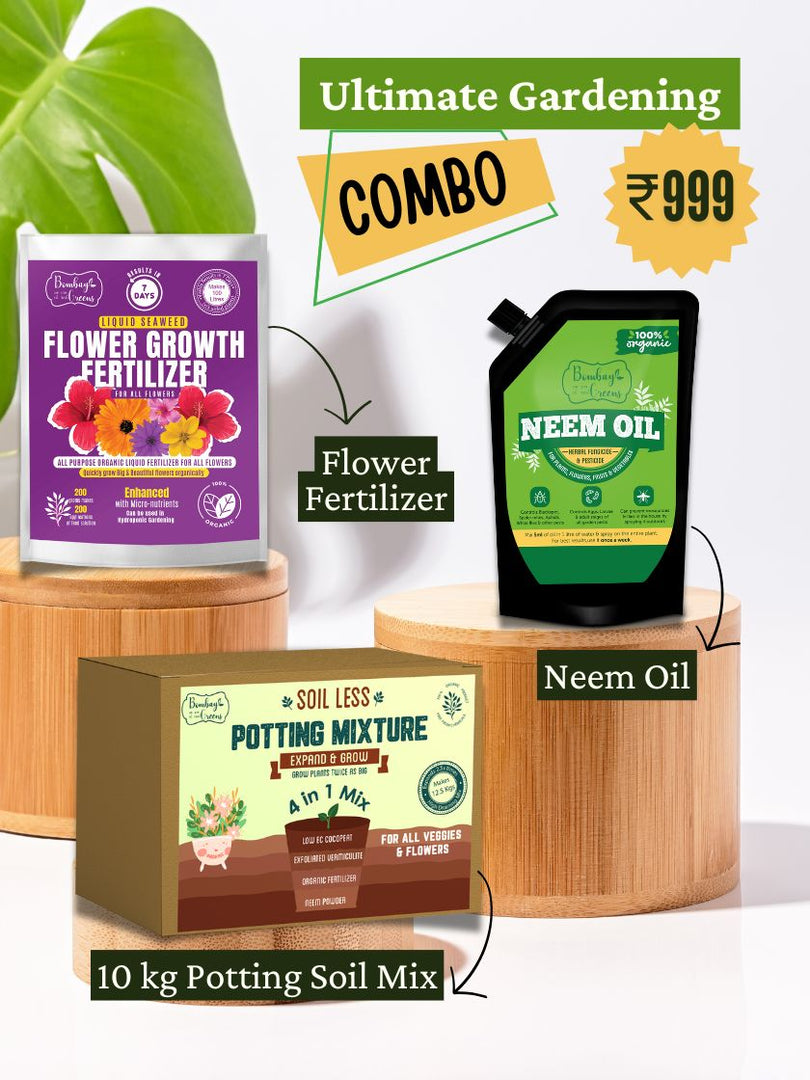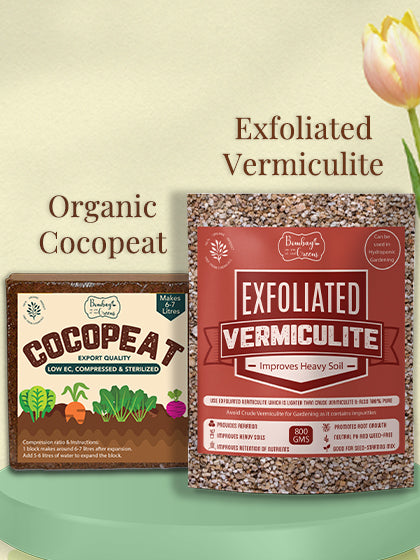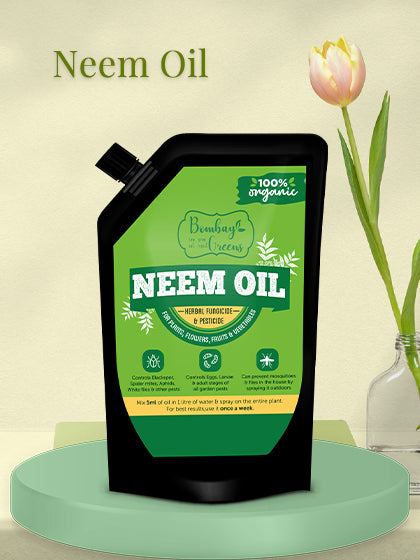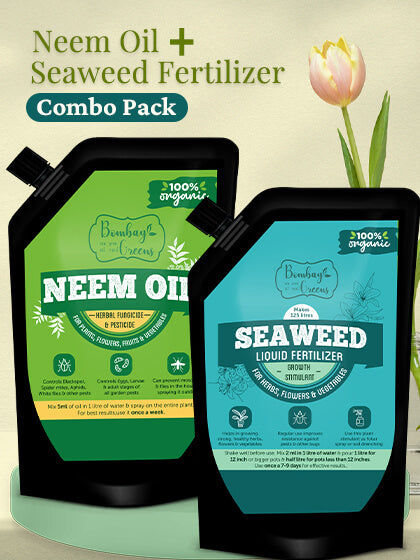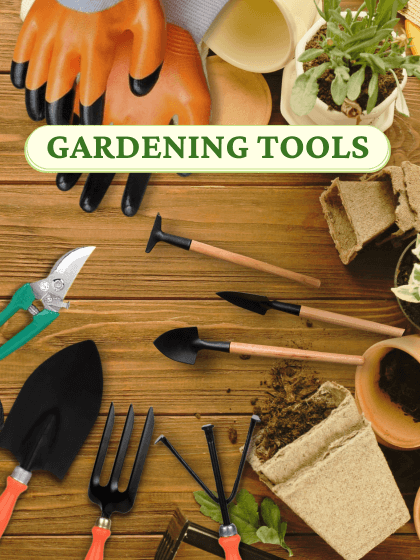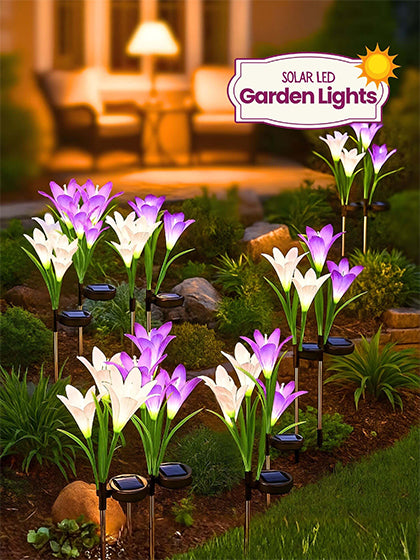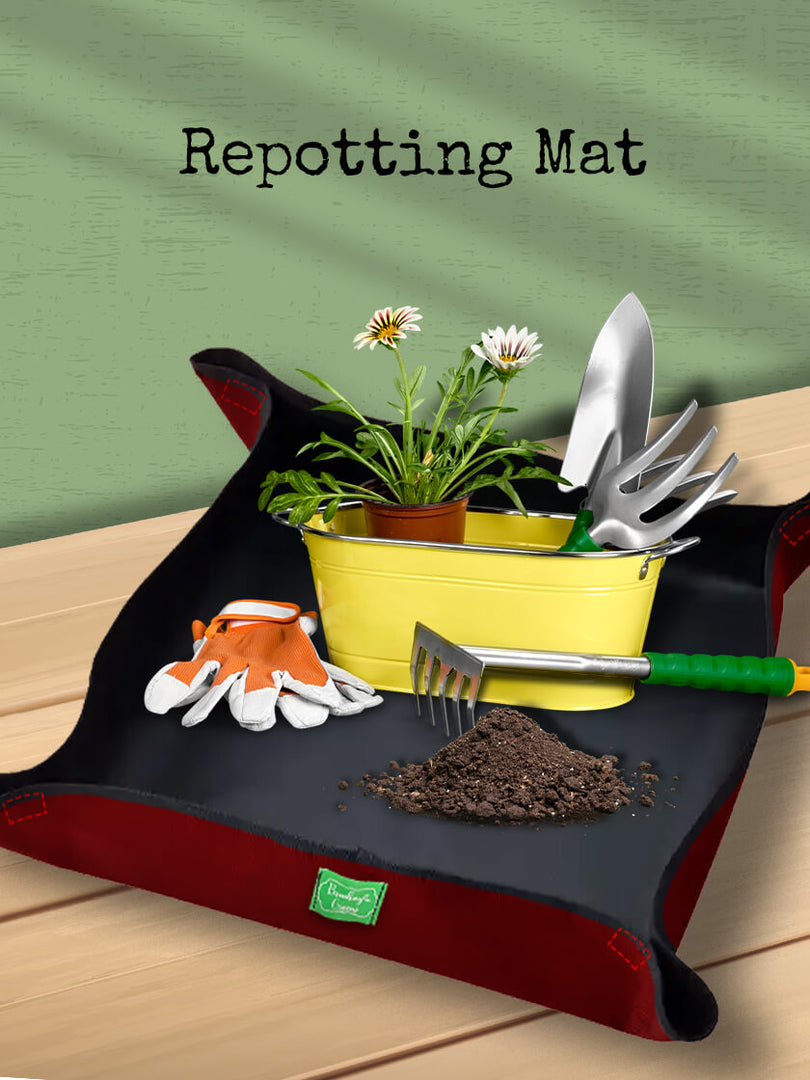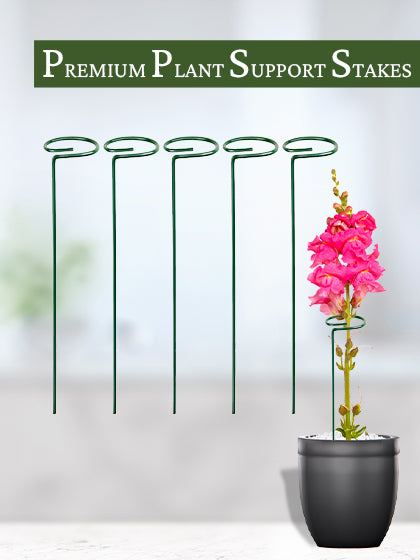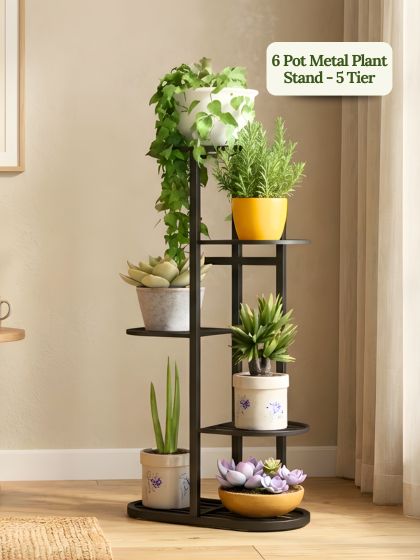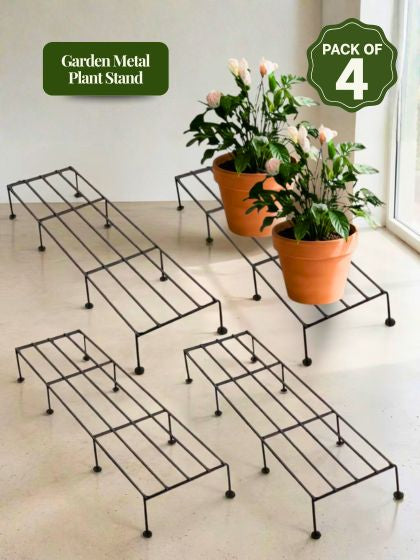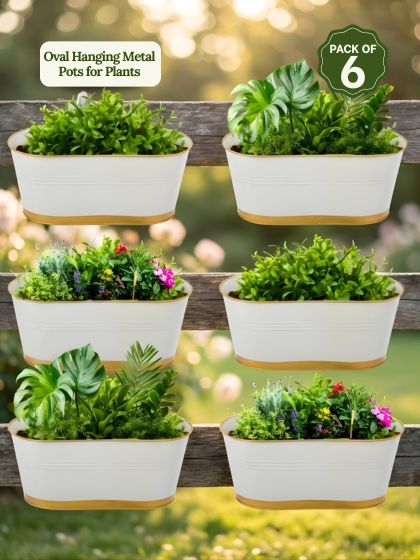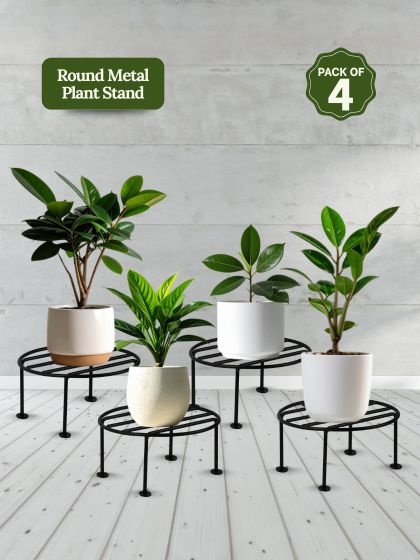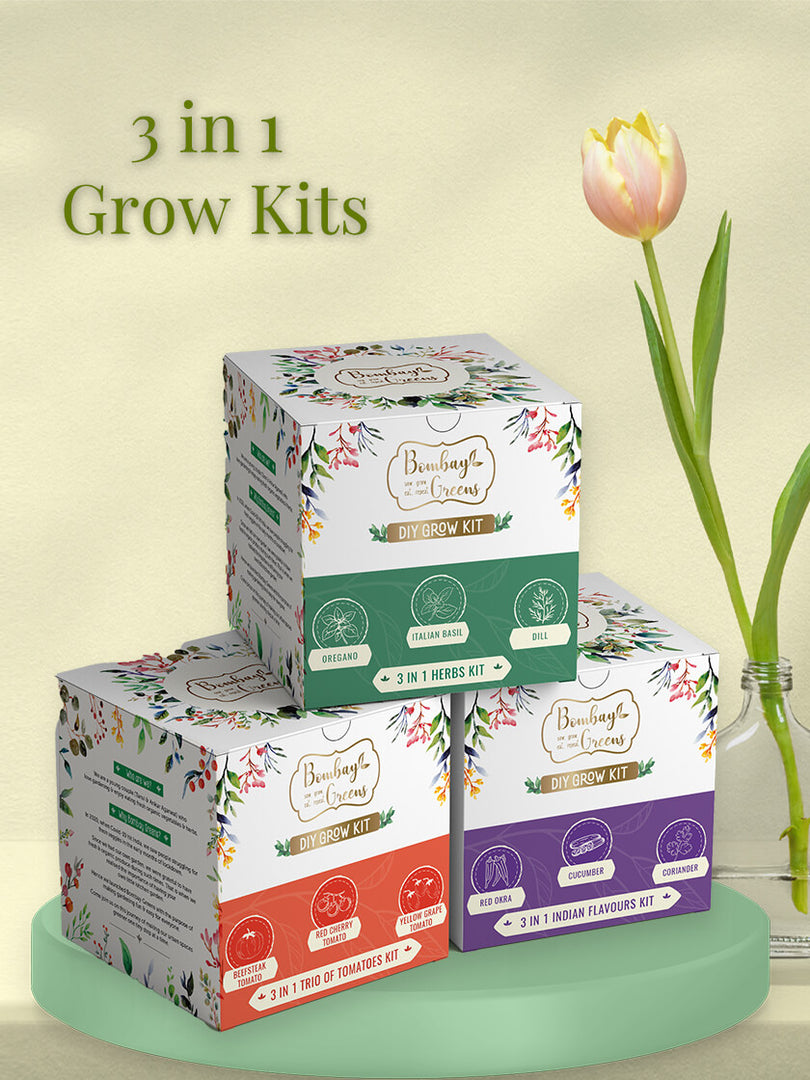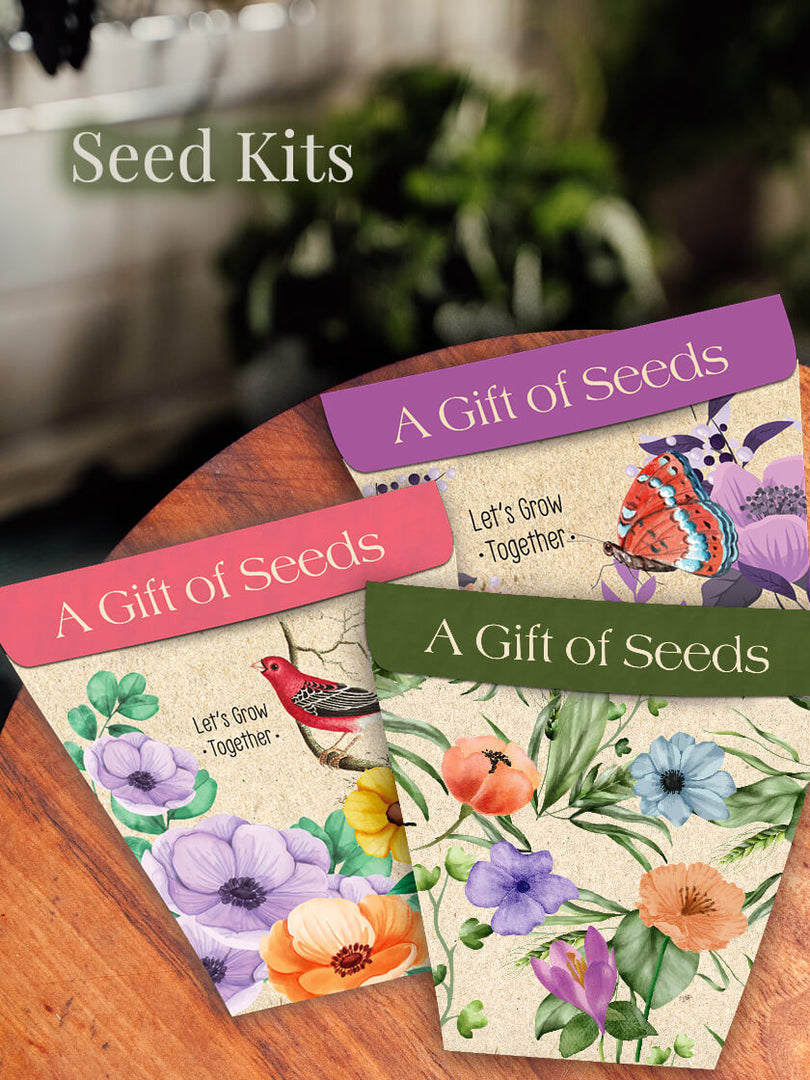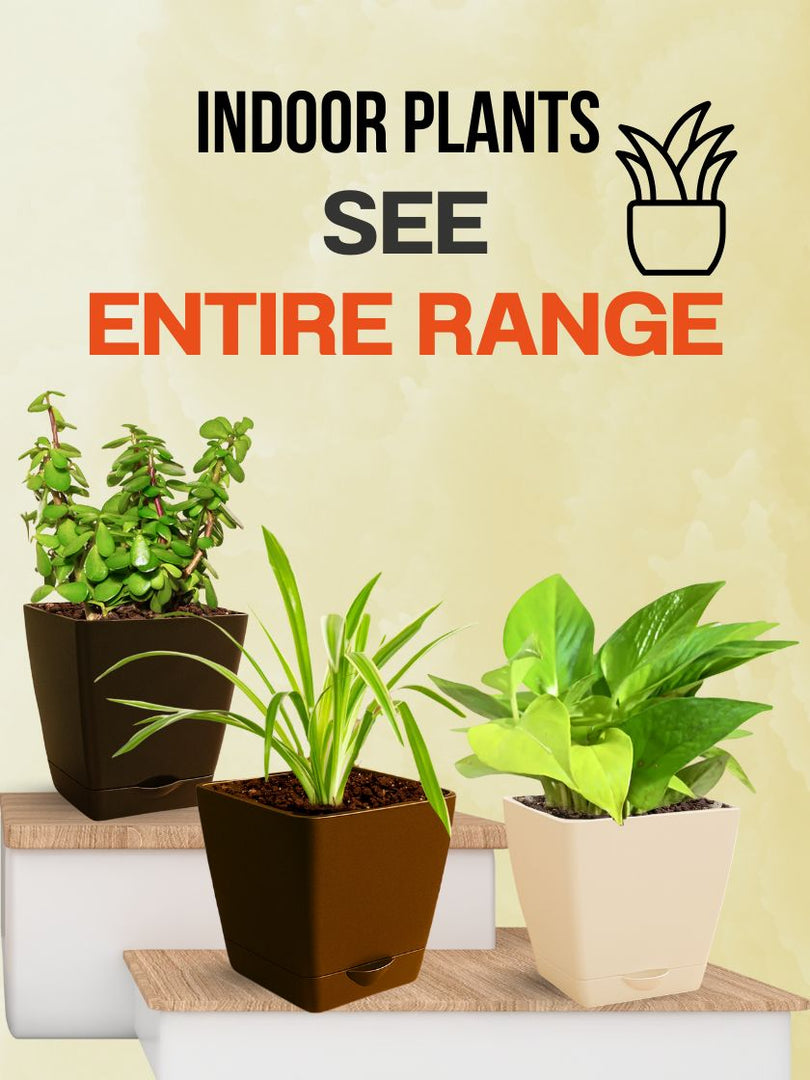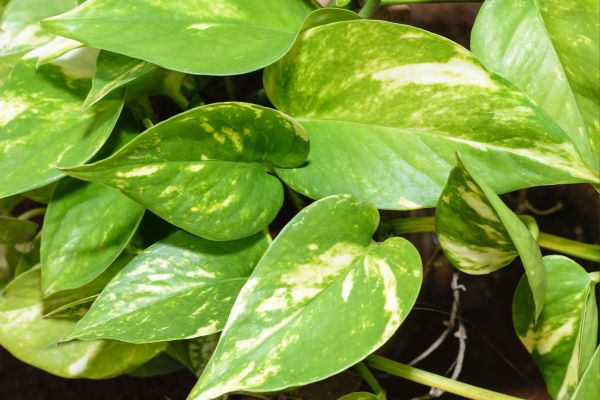| What's in the article: |
| 1. | How to Prepare Your Garden for the Monsoon Season in India? | |
| 2. | How to Take Care of Plants during Monsoon? | |
| 3. | Conclusion | |
| 4. | FAQs | |
| 5. | Watch how to Take Care of Your Indoor Plants🪴 |
How to Prepare Your Garden for the Monsoon Season in India?
As monsoon clouds begin to gather over India, gardeners spread across the country are eagerly waiting for the refreshing monsoon that will provide much-needed relief from summer heat. The arrival of rain is like a blessing in disguise for plants! However, it also comes with its own set of challenges.
That’s why monsoon gardening tips become essential at this time of year. It is because preparing your garden before the arrival of rains is necessary to ensure your plants survive and thrive during the vibrant season. Moreover, monsoon often leads to issues such as waterlogging, pest infestations, root rot, and nutrient loss.
Well, you’re in the right place if you’re wondering how to prepare garden for monsoon. We will discuss how you can get your space monsoon-ready and enjoy lush greenery. Plus, don’t forget to check out our curated selection of indoor plants if you love nurturing greenery indoors.
Also Read: Indoor Plants Perfect for Monsoon Season

How to Take Care of Plants during Monsoon?
Taking care of plants during monsoon is necessary for a flourishing garden. That’s why it becomes essential to follow the right monsoon gardening India practice to guarantee the plants remain healthy despite the humidity and heavy rains.
-
Drainage is Key
It is important to remember that excess water is the biggest threat to your garden during the monsoon. That’s why monsoon plant care is essential for their healthy growth. You must ensure your garden beds and pots have a proper drainage facility to prevent water from pooling around the roots.
You can add gravel or sand to the soil, use raised beds, and check whether the pots have sufficient drainage holes. Place pots on the stands to allow water to escape easily. It is an ideal formula for the balcony garden. You can also consider using a well-draining potting mix to enhance the drainage and protect your plants from waterlogging. -
Protect Plants from Excessive Rain
Strong winds and heavy rains can severely damage delicate plants, making it essential for you to follow rainy season gardening tips. You can focus on using temporary plastic sheets, garden nets, or move potted plants under a shed or balcony during the intense showers. These are the practical garden maintenance tips for the rainy season that will protect both roots and foliage from being waterlogged or battered.
-
Soil Health and Mulching
Well-aerated, healthy soil is ideal for monsoon plant care in India. All you need to do is mix in organic matter like cocopeat or compost to improve the plant’s fertility and drainage. Mulching with dry leaves, straw, or coconut husk helps prevent soil erosion, retain moisture, and keep weeds at bay.
Plus, apply mulch 2-3 inches thick before the rain arrives for best results. You can also use quality gardening tools to make soil mulching and preparation more effective and easier. -
Pest and Disease Control
It is worth noting that monsoon humidity encourages pests like slugs, snails, and fungal diseases. That’s why it is important to prepare the garden before monsoon! All you need to do is inspect plants, remove yellowing leaves, and use natural remedies like neem oil for plants to deter the pests.
You should also keep the garden tidy by removing debris and pulling out weeds. It is one of the best gardening practices for the Indian monsoon! It helps ensure your plants stay healthy throughout the entire monsoon. -
Choose Monsoon-Friendly Plants
You can opt for native and moisture-friendly plants that can easily thrive in the rainy season, in the form of flowering plants like marigold, hibiscus, and jasmine, or vegetables like spinach, fenugreek, and okra.
This is because fibrous-rooted and deep-rooted plants efficiently absorb rainwater and are less prone to root rot. You can also try container gardening during the rainy season for better control over soil and drainage if you wish to maximise your harvest or have limited space.
Moreover, you can also go for small water-rooted plants or display cuttings for a creative touch in stylish test tube planters, as they will add greenery to your balcony or indoors.
Conclusion
To sum up, your garden can flourish during monsoon with the help of a little planning and care. All you need to do is focus on soil health, drainage, pest management, and plant selection. It will allow you to enjoy a green, lush retreat throughout the rainy season. Plus, incorporating organic pest control for monsoon gardens, such as turmeric powder, neem oil sprays, and natural barriers, not only protects the environment and keeps your plants safe from pests, but it also provides the much-needed support for sustainable garden practice. We, at Bombay Greens, are passionate about assisting you in creating a thriving, eco-friendly garden throughout the year. Discover our range of organic seeds, organic gardening solutions, and tools that are specifically designed for Indian conditions.
So, are you all set to transform your green space? Plan your visit to Bombay Greens today and make your monsoon garden truly flourish.

FAQs
1. How to take care of plants in the monsoon?
You can take care of your plants in the monsoon by ensuring proper drainage, mulching the soil, pruning regularly, and monitoring for pests and diseases.
2. Which vegetables grow in the monsoon in India?
Okra, spinach, fenugreek, green chilies, and gourds thrive during the rainy season.
3. How can we prepare for the monsoon in India?
All you need to do is improve soil drainage, mulch garden beds, prune plants, and choose monsoon-friendly varieties.
4. Which fertilizer to use in the rainy season?
You can use organic fertilizers like compost, vermicompost, or well-rotted manure to replenish nutrients lost due to rain.
5. How do I prepare my garden for the monsoon season?
Check drainage, add mulch, prune plants, and protect delicate species from heavy rain.
6. What are the best plants to grow during the monsoon in India?
Hibiscus, marigold, jasmine, coleus, turmeric, and native varieties are ideal to be grown during the monsoon.
7. How to protect plants from heavy rains?
Use nets, temporary covers, or move pots under shelter during intense showers.
8. What type of soil is good for monsoon gardening?
Well-draining soil enriched with organic matter is best.
9. How to prevent pests in the rainy season?
Use neem oil sprays, keep the garden clean, and remove weeds and debris regularly.
10. Should I fertilize my plants during the monsoon?
Yes, but use organic fertilisers to replenish nutrients washed away by rain.
11. Should I fertilize my plants during the monsoon?
Yes, but use organic fertilisers to replenish nutrients washed away by rain.

Tanvi Agarwal - Co-founder
Driven by a deep-seated love for nature and a keen entrepreneurial spirit, she co-founded Bombay Greens, transforming urban spaces into thriving green havens. Recognizing the need for accessible and sustainable gardening solutions in the bustling city, she poured her passion into building a brand that empowers individuals to cultivate their own green spaces, regardless of their location or experience. Her vision extends beyond simply selling gardening items; it's about fostering a community connected to nature, one balcony, rooftop, and windowsill at a time.

